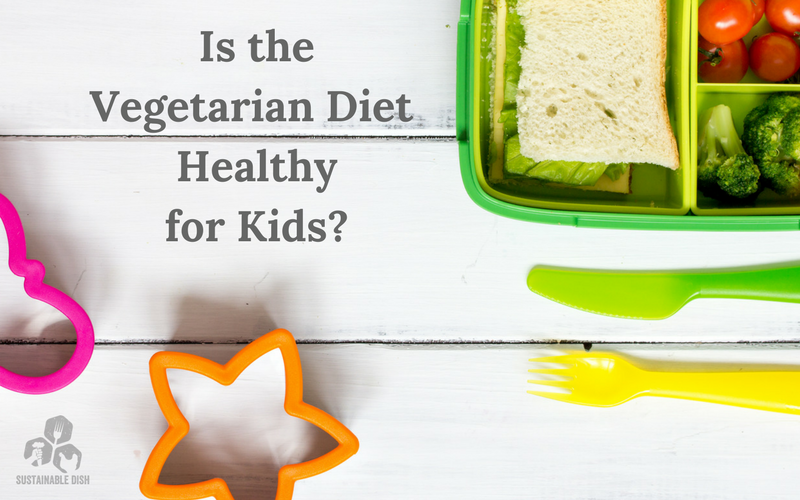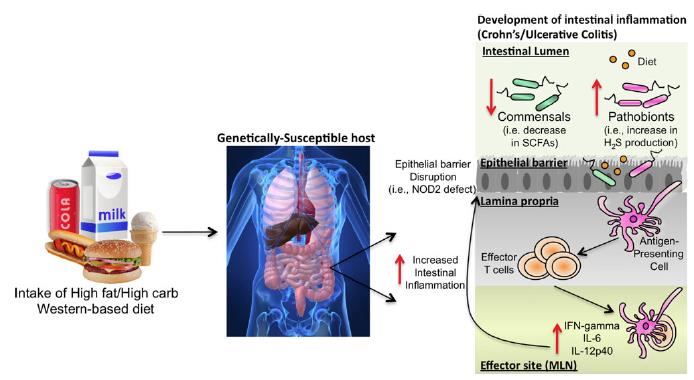
A plant-based diet may be able to reverse or improve the symptoms of heart disease. It lowers cholesterol, reduces plaque buildup, protects endothelial cells and lowers death rates. It also reduces the risk of stroke. It is therefore a sensible option for heart patients to avoid meat, dairy products, and processed foods.
Reduces plaque buildup within the coronary vessels
It has been proven that a plant-based diet can reduce plaque buildup in the coronary arteries. According to a study published in the Journal of the American Medical Association, people who follow an entirely plant-based diet have a lower risk of cardiovascular disease and atherosclerosis. But, it can be difficult to follow a plant based diet. Researchers offered assistance to study participants by providing information about how to read food labels, and how they can create meals that will fit the new diet.
A plant-based diet means that people must reduce their intake of processed and red meat. They should instead replace meat with dairy products, fish and poultry.

Reduces the risk of vascular endothelial cells injury
Plant-based diets are associated with a lower incidence of incident heart disease. This was demonstrated in a prospective cohort that included 34,319 women with no previous heart disease or cancer. Over a 12.9-year period, HF risk was lower for women who ate more fruits and vegetables.
Plant-based diets can reverse heart disease, as they reduce cell injury to the vascular endothelium. It increases the production of nitric acid and decreases total cholesterol. It also increases endothelial proliferation. The diet also decreases a type of molecule called trimethylamine-N-oxide, which has been implicated in coronary artery disease.
Another study examined the impact of a plant-based diet upon peripheral arterial disease (or PAD), a condition that is caused by atherosclerosis. The study examined the effect of a plant-based diet on PAD patients by measuring their IMT (intermediate-to-high-pressure test), carotid-femoral pulse wave velocity (CPWV), and brachial-ankle pulse wave velocity.
Lower mortality
A plant-based diet can reduce the risk for many diseases, such as cancer, stroke, heart disease and cancer. It lowers your chances of developing diabetes, type 2, diabetes, severe depression, Alzheimer’s disease, premature death, and diabetes. Studies have even shown that a plant based diet is healthier for your heart and blood vessels than other diets. It is worth more research to see if this diet is beneficial for your overall health.

This study adds to previous studies that show a plant-based diet decreases the risk of getting heart disease. A study showed that eating more vegetables and legumes as well as whole grains, is associated with a lower chance of dying from heart disease. This study involved 12,168 participants in the ARIC study. The study followed the participants for almost three decades and compared diets to heart attack risk.
FAQ
What should I eat?
You should eat lots of vegetables and fruits. They are rich in vitamins, minerals, and help to strengthen your immune system. They are also rich in fiber, which is good for digestion and makes fruits and vegetables filling. At least five servings of fruits and vegetables should be consumed each day.
You should also drink lots of water. Water flushes toxins from the body and gives you a full feeling between meals. Drink about eight glasses each day.
Refined grains should be replaced with whole grains. Whole grains have all their nutrients intact, including B vitamins, iron, zinc, magnesium, calcium, and protein. Refined grains are stripped of some of their nutritional value.
Avoid sugary beverages. Sugary drinks are high in empty calories and can lead to obesity. Choose water, milk or unsweetened tea instead.
Avoid fast food. Fast food lacks nutritional value. It may taste great but it won't give you the energy you need to function properly. Use healthier options, such as soups, sandwiches, salads, and pasta.
Limit your alcohol consumption. You can reduce your intake of alcohol by limiting the amount of empty calories. Limit your intake to two alcoholic drinks per week.
Reduce your consumption of red meat. Red meats can be high in cholesterol and saturated fat. Lean cuts of beef or pork, lamb and chicken, as well as fish and turkey, are better choices.
Why does weight change as we age?
How can I tell if my bodyweight changes?
A person who has less body fat than their muscle mass will experience weight loss. This means that the daily calories consumed must not exceed the energy used. The most common cause of weight loss is decreased activity levels. Other causes include illness, stress, pregnancy, hormonal imbalances, certain medications, and poor eating habits. When more fat is consumed than muscle mass, weight gain occurs. It happens when people eat more calories than they use during a given day. It can be caused by overeating or increased physical activity as well hormonal changes.
We consume fewer calories that we burn. This is why we lose weight. Regular exercise increases metabolism, which means that we burn more calories per day. This doesn't necessarily mean we will lose weight. What matters is whether we are losing fat or building muscle. If we are burning more calories than what we eat, then we will lose weight. However, if you consume more calories than you burn, you'll end up storing them for fat.
As we get older, our movement speed slows down and so we move less. We also tend eat less than we did when our children were young. As a result, we gain weight. On the flip side, we tend to have more muscle mass so we look bigger than we really are.
If you don't weigh yourself every week, there's no way of knowing how much weight have you lost. There are many methods to measure your weight. There are many ways to measure your weight. You can check your waist, hips, thighs, arms and legs. Some people prefer using bathroom scales and others prefer tape measures.
Track your progress by measuring your waistline and weighing yourself every week. To see how far you have come, you can take photos of yourself every few month.
You can also find out how much you weigh by looking up your height and weight online. You'd likely weigh 180 pounds if you were 5'10 tall and 180 pounds if you were 180lbs.
What is the problem with BMI?
BMI stands for Body Mass Index, which is a measurement of body fat based on height and weight. The following formula is used to calculate BMI:
Weight in kilograms divided by height in meters squared.
The score is expressed as a number between 0 and 25. A score of 18.5 indicates that you are overweight and a score of 23 indicates that you are obese.
A person who weighs 100 kg and has a height of 1.75 m will have a BMI of 22.
How do you measure body fat?
A Body Fat Analyzer can be used to measure body fat. These devices measure the body fat percentage in people who wish to lose weight.
What is the difference between a virus and a bacterium?
A virus, a microscopic organism that can not reproduce outside of its host cells, is called a virus. A bacterium (or single-celled organism) reproduces by splitting itself into two. Viruses are small, around 20 nanometers in size. Bacteria are much larger, at 1 micron.
Viruses are spread via contact with infected bodily liquids such as urine, saliva, semen and vaginal secretions. Bacteria is usually spread directly from surfaces or objects contaminated with bacteria.
Viral infections can be transmitted through skin cuts, scrapes and bites. They can also be transmitted through the eyes, nose, mouth, ears, vaginal, rectum, and anus.
Bacteria can enter our bodies through wounds, cuts, scrapes, burns, insect stings, or other breaks in our skin. They may also enter our bodies from food, water, soil, dust, and animals.
Both bacteria and viruses can cause illness. But viruses do not have the ability to multiply within their hosts. So they only cause illnesses when they infect living cells.
Bacteria can cause illness by multiplying in the body. They can spread to other parts of our bodies. That's why we need antibiotics to kill them.
Which 10 foods are your favorite?
These are the top 10 foods to eat.
-
Avocados
-
Berries
-
Broccoli
-
Cauliflower
-
Eggs
-
Fish
-
Grains
-
Nuts
-
Oats
-
Salmon
Statistics
- According to the 2020 Dietary Guidelines for Americans, a balanced diet high in fruits and vegetables, lean protein, low-fat dairy and whole grains is needed for optimal energy. (mayoclinichealthsystem.org)
- nutrients.[17]X Research sourceWhole grains to try include: 100% whole wheat pasta and bread, brown rice, whole grain oats, farro, millet, quinoa, and barley. (wikihow.com)
- According to the Physical Activity Guidelines for Americans, we should strive for at least 150 minutes of moderate intensity activity each week (54Trusted Source Smoking, harmful use of drugs, and alcohol abuse can all seriously negatively affect your health. (healthline.com)
- WHO recommends consuming less than 5% of total energy intake for additional health benefits. (who.int)
External Links
How To
How to Live a Healthy Lifestyle
Healthy living is a lifestyle that helps you maintain your weight, good health, and your fitness. It's a way of living that includes eating well, exercising regularly, getting enough sleep and avoiding harmful substances such as alcohol, caffeine, tobacco, drugs, and so on. Healthy living can help you feel better about yourself and keep you fit. In addition, a healthy lifestyle reduces your risk of chronic diseases like heart disease, stroke, diabetes, cancer, osteoporosis, arthritis and many others.
The main goal of this project was to provide a step-by-step guide on how to live a healthier life. The introduction is the first part of this project. This explains why healthy living should be encouraged and who it is. The body paragraphs contain tips on how you can maintain a healthy lifestyle. Finally, I wrote my conclusion. It summarizes the entire article and gives additional resources if required.
This assignment helped me learn how to write a clear and concise paragraph. Also, I learned how my ideas could be organized into topic sentences or supporting details. My research skills were also improved as I had to search for specific sources and cite them correctly. Finally, I learned how to properly use grammar when writing.